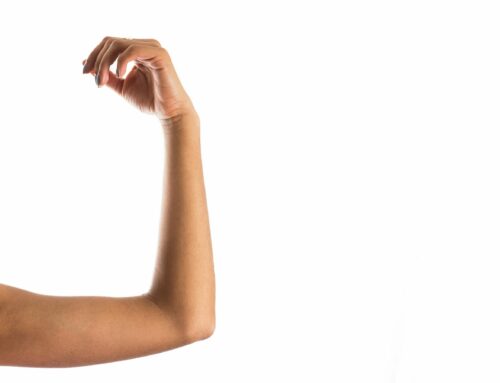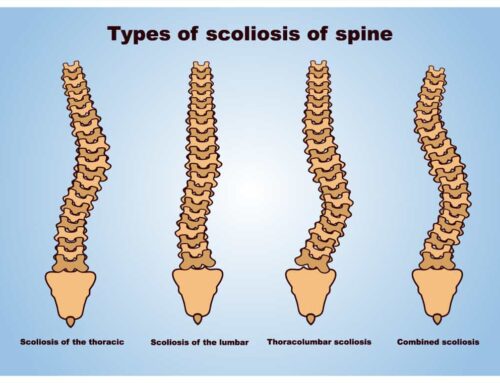What is diastasis recti?
Diastasis recti is the separation of the abdominal muscles during pregnancy. As if pregnancy did not cause enough changes to the female body. This change happens due to the stresses on the abdominal muscles from the growing uterus. Now our “abs” or stomach muscles are not just one big mass. They are made up of several different muscles. The main one right through the centre attaches to the chest bone and the pelvic bone. It is this muscle that separates in the middle. Point to be noted here is that it does not tear. It only gives way in the middle.

How is diastasis recti diagnosed?
Basically you will see a bulging around your belly button area everytime you are trying to use your muscles. For example, sitting up from a lying position or coughing can create that bulge. Back pain or pelvic pain can also develop. The best way to diagnose it however is to lie on your back and bend your knees. If you see a bulge when you lift your head up, it’s a sign. Another way is to place your fingers between the muscles. If you feel a gap, it means that you have diastasis recti.
Treating diastasis recti

The first step is knowing that you have diastasis recti. Followed by immediate treatment. not waiting for it to “get better itself”. As soon your specialist or midwife has diagnosed you, see a Physiotherapist! Physios are experts in treating these issues. They will get you back to pre-pregnancy activity levels. If you do have back pain with it, the physio will treat it. The treatment usually involves gentle joint movements to ease pain. Also massage to ease tension in the surrounding muscles.This is then followed by gentle abdominal exercises to increase strength. As the muscles become strong, the gap between the muscles starts to disappear.
Precautions to take for diastasis recti
It is important to take the following precautions to prevent aggravation of diastasis recti
- Seek a Physio immediately
- Progress slowly with exercises
- Avoid crunches and sit ups in the initial phase
- Avoid heavy lifting until the separation closes in completely
- Be regular with your exercises
- Pelvic floor exercises are as important along with abdominal exercises





